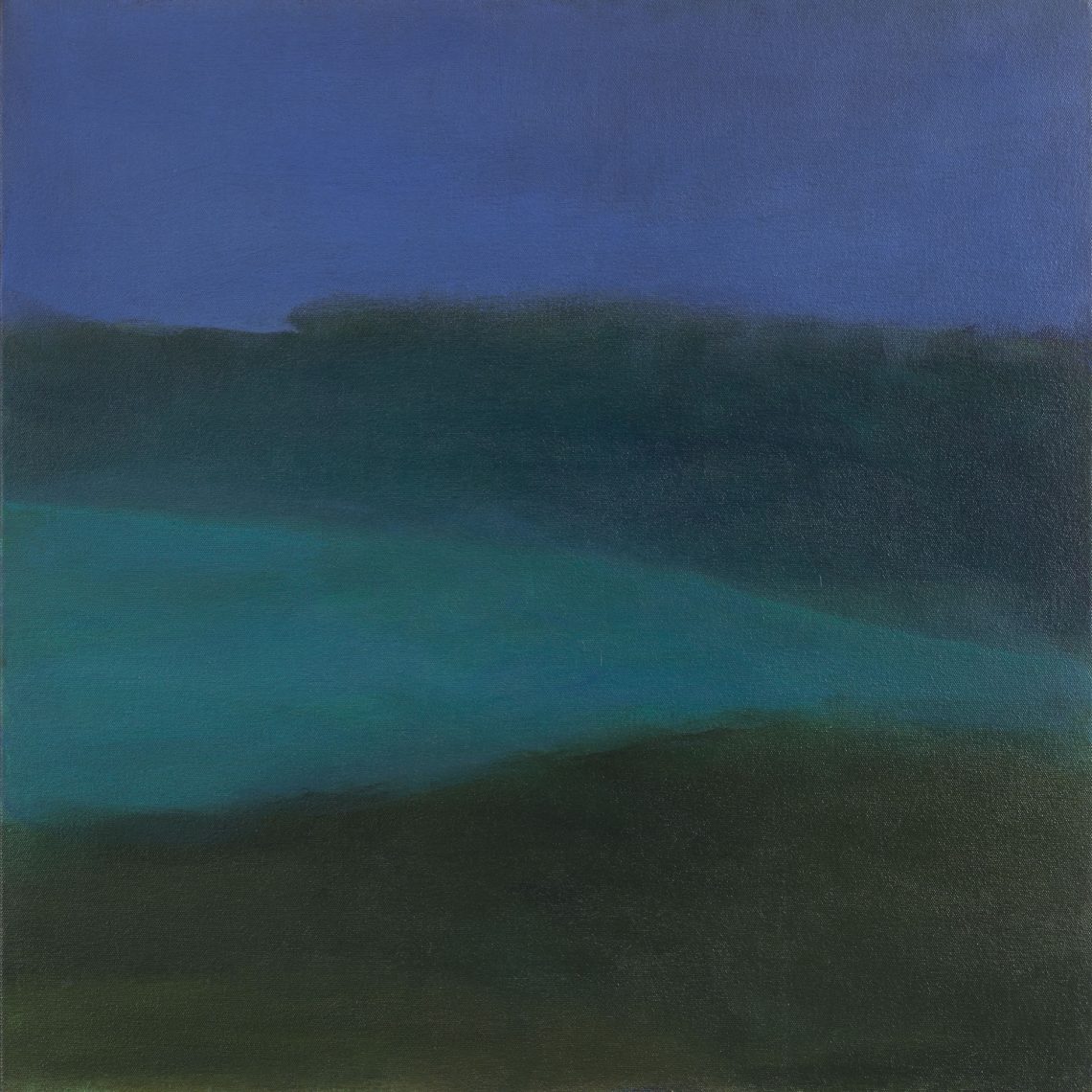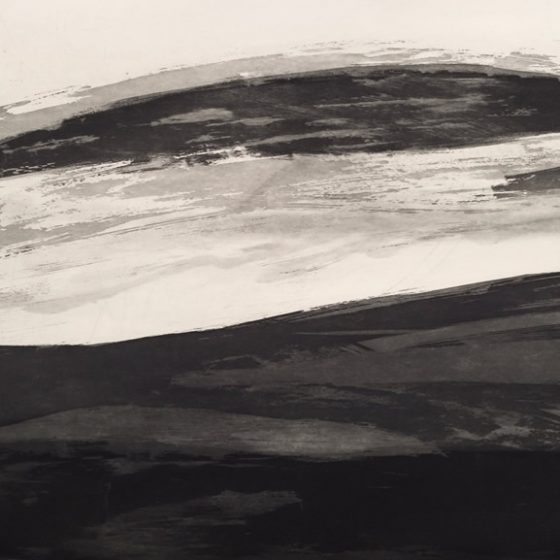Cris Rocha
of engraving and beyond
His compositions – notable for lyricism – do not immediately reveal that everything in them is digitally controlled. In his most recent paper works, he deals with the fragmentation / fusion of prints. This practice allows him to create both intimate works and large panels. We are facing a poetics under construction.
Maria Alice Milliet






Cris Rocha
of engraving and beyond
In 2000, Cris Rocha came from Porto Alegre to São Paulo, bringing with her what she could salvage from a young artist’s curriculum: amid paintings and etchings, came strips of paper containing long sequences of small etched images resembling the photograms of a movie. Almost twenty years later, these miniatures came out of the drawer, giving rise to a series of highly sophisticated works. The recovery of this material happened in a moment of intense experimentation, in which the artist, attracted by the new means of image production, began to use digital resources to create her works.
In her formative years, Cris oscillated between engraving and painting until etching became the field and foundation of her creation. However, the taste for the pictorial remained in her graphic work and more recent works, which have also melded with digital technology.
For Cris, the etching is no longer the final product and has become the first sign of a creative process that includes blending, processing, and printing digital images. To better understand her approach, one simply needs to look at what happens with the miniatures: each of them generates a digital record that can be handled electronically.
As is well known, virtual exploration opens a multitude of paths. Faced with so many options and the need to choose, artists often allow poetic sensitivity to guide their decisions. Cris is no different. Her compositions—renowned for their lyricism—do not immediately reveal that everything about them has been digitally controlled.
In some series, undulating lines and fuzzy stains suggest aquatic landscapes. It is a world of winding shapes, reflections, and transparencies; a world ruled by light. Some of these images evoke the dawn by a river, when the winter light allows us to glimpse delicate grasses sprouting on the water’s surface. Nothing disturbs the morning stillness…
The impression is that the artist started from the observation of nature. But no. This luminous plasticity stems from the combination of color backgrounds obtained through aquatint and lavis overlaid by vigorous traces etched in drypoint and etching on metal plates. The cuts, enlargements, and fusions needed to make these images are conducted by computer professionals under the artist’s guidance. What we have are not landscapes, representations of nature, but the results of poetics under construction.
Maria Alice Milliet – 2017























